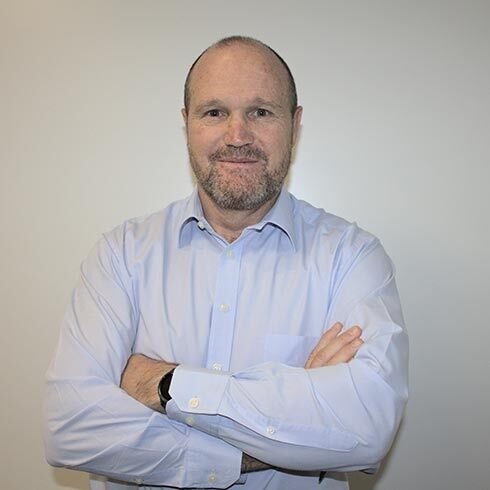Africa is considered an emerging datacentre market. Although still growing, analysts believe the continent is not lagging and development is happening at pace.
A recent study conducted by consulting and market research firm, BlueWeave Consulting valued the international datacentre market at US$206.2-billion in 2021, predicting it will reach an estimated US$ 404.9-billion by the end 2028.
Africa is experiencing an increased demand for datacentres.
Jonathan Duncan, Vice President: Secure Power for Anglophone Africa at Schneider Electric, says, “Whilst we’re still an emerging market, it does benefit us as we are today largely implementing tried and tested solutions, benefiting from the lessons learned and growing pains experienced by our peers across the pond.”
Reliable power provision is a challenge and does influence datacentre operators in terms of investment into Africa.
Researchers add that reliable power provision is non-negotiable when establishing and running a datacentre and unfortunately some countries in Africa, including South Africa, cannot always guarantee this crucial requirement. As such, capex requirement and operational costs may be seriously impacted.
“We also suffer a shortage of human capital; skilled datacentre workers are scarce, which reemphasises the need for creating awareness of this all-important technology space. Datacentres are warehouses of information if you will and we must encourage individuals to pursue careers tailored to the various elements and disciplines within datacentre operations,” says Duncan.
READ ALSO:
Flutterwave Secures License to Expand Operations to Egypt
CrowdStrike Former CTO Michael Sentonas Promoted to President
Another pressing issue is renewable energy, which researchers say has the potential to hamper datacentre growth in Africa.
Many of the bigger players pursue “sustainability ambitions” and require greener datacentres that often feature microgrids comprised of renewable DER (distributed energy resources) that drive down overall GHG (greenhouse gas) emissions.
“A feasible solution could be to develop datacentres in tandem with renewable energy resources. For example, why not establish solar farms, primarily responsible for providing energy to a new datacentre,” notes Duncan.
The rationale of this argument is that the newest microgrid concepts and design can optimise datacentre costs while also enhancing power stability, mitigating exposure to unplanned outages or other disturbances such as load shedding.
When we reach maturity, energy costs should become variable aligned to grid demand and the adoption of microgrids can manage consumption of onsite renewable or stored energy during peak grid demands. Stored energy could also in theory be sold back to the grid when most economical. Thus, consumption of renewable energy can be maximised to meet GHG emissions targets.
Adds Duncan: “While backup power systems – typically comprising diesel-generators and a UPS – are deemed ubiquitous and essential to ensure continuity of service, it is not optimal to be designed to run continuously in consideration of CHG emissions. Moving towards a true microgrid requires alternative energy resources with intelligent control.”
Datacentre Infrastructure Management
Datacentre Infrastructure Management (DCIM) has now entered its third iteration, aptly called DCIM 3.0.
Duncan explains, “We are once again facing new challenges and appear at the start of what could be another 20-year cycle, fast-tracked by the pandemic. Our focus is no longer on the traditional datacentre but also on all the connection points between the user and applications. Mission-critical infrastructure is everywhere and needs to be running 24/7.”
Africa has the potential to meet datacentre growth head-on, however, investors will have to contemplate these above-mentioned hurdles and solutions amongst others to establish a sustainable, future-proofed deployment.




